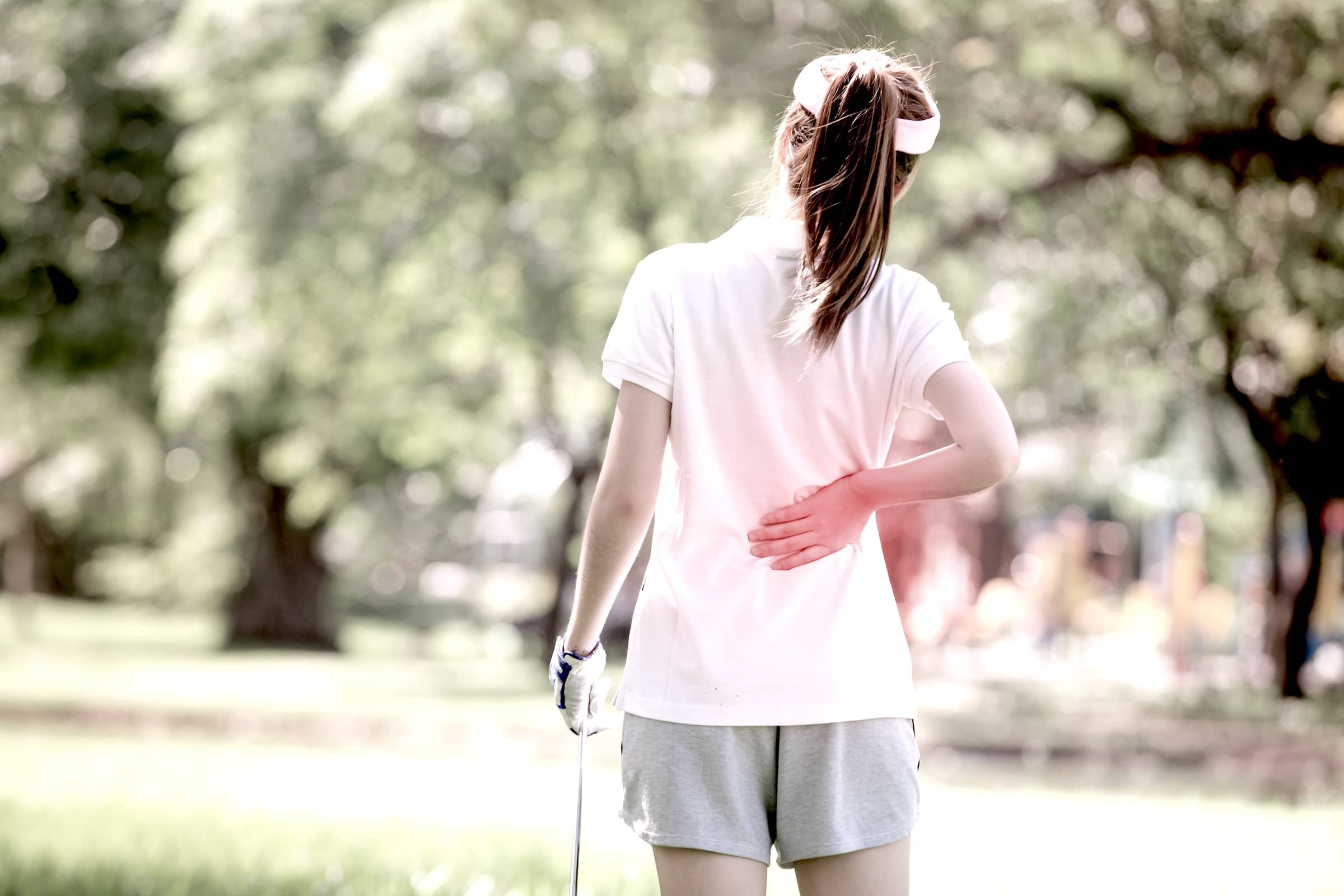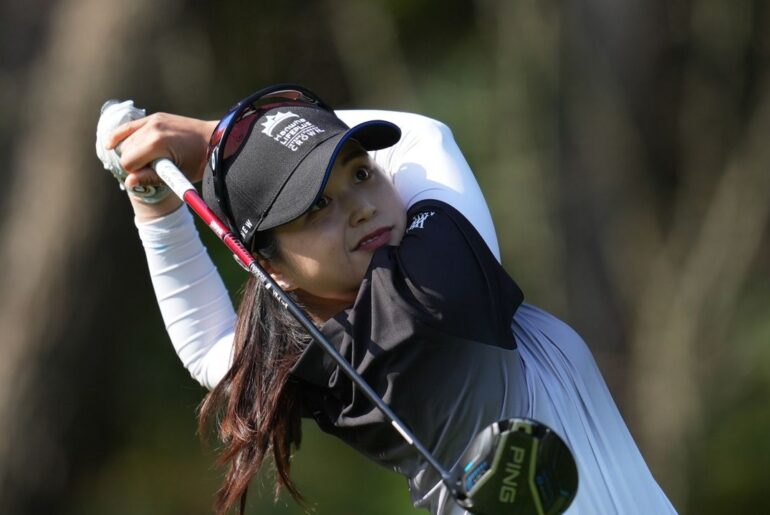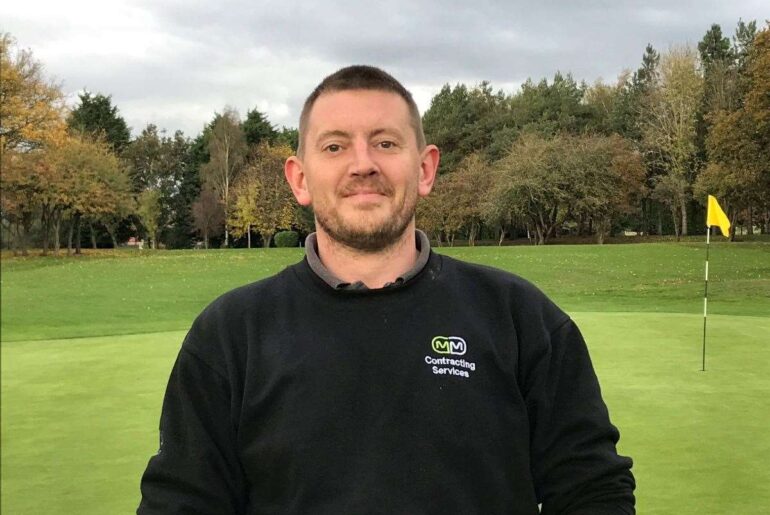According to the National Golf Foundation, roughly 47.2 million Americans teed it up in 2024—and far too many of them did so with back pain. For countless players, that dull ache in the lower spine feels like part of the scorecard.
But the truth is, most aren’t just “unlucky with posture.” Their bodies are waving a white flag. Years of limited mobility, poor movement patterns, and small alignment flaws can quietly build into chronic lumbar strain, the kind that rears its ugly head somewhere around the 15th tee.
The Swing That Breaks You
On paper, the golf swing seems simple—turn, drive, repeat. In reality, it’s an orchestral performance of hips, trunk, and shoulders working in perfect sync. The trouble starts when one section’s out of tune. If the hips are tight or the thoracic spine doesn’t rotate well, the lower back takes on the extra load. That’s when back pain begins to dig in.
“As a spinal and orthopaedic surgeon, I see golfers of all levels who blame their swing when the real problem is how their body moves,” explains Dr. Gbolahan Okubadejo, founder of Comprehensive Wellness in the New York area. “When you correct those imbalances, rather than just the technique, you can restore motion, reduce pain, and actually improve performance.”
The surgeon’s words cut straight through golf’s favourite myths. Swing faults like Reverse Spine Angle or Early Extension are not just technical errors—they’re symptoms of a body trying to compensate for dysfunction. It’s a case of the tail wagging the dog, and the lower back pays the price.
Treating the Body, Not the Symptoms
Dr. Okubadejo’s answer is something called Golf Wellness, a program that merges clinical treatment with performance conditioning. It’s a practical, body-first approach aimed at helping golfers swing more freely, play longer, and ditch the back pain once and for all.
Here’s how his model works:
TPI-Based Physical Assessment – Every player starts with a Titleist Performance Institute (TPI) Level 1 screening, testing how the pelvis, hips, and spine move under stress. Simple swing videos are then analysed to link movement faults with visible swing breakdowns.
Movement + Hands-On Therapy – Massage, targeted stretching, and joint mobilisation restore motion where it’s been lost and calm inflamed tissue.
Therapeutic Training and Core Control – Physical therapy sessions rebuild sequencing and stability in the glutes, core, and shoulders—the pillars of a durable golf body.
Biologic Support for Stubborn Issues – For injuries that don’t heal through rehab alone, PRP (platelet-rich plasma) or exosome injections may be used to encourage tissue recovery.
Recovery and Sustainment – Each plan includes warm-up routines, travel-day modifications, and recovery flows so players can show up loose and stay that way.
The result? Over a few weeks, golfers typically see measurable gains in hip and thoracic rotation, steadier balance, and—crucially—less back pain late in the round.
What Golfers Are Reporting
Patients describe mobility improvements within the first fortnight. By the end of week six, many find themselves striking the ball more consistently, without fear of the twinge that used to ruin their finish. By three months, some even regain lost clubhead speed—but this time, it’s sustainable.
“The real goal,” says Okubadejo, “is to keep golfers playing more, not just recovering more.”
Who Stands to Benefit
The Golf Wellness model isn’t just for the pros with personalised trainers. It’s for anyone who’s ever climbed out of a cart holding their back like they’d just survived a car crash. That includes:
Players battling recurring back, hip, or shoulder pain
Competitive golfers chasing speed without injury
Weekend warriors who stiffen up after a range session
Older golfers wanting to preserve balance and distance
Juniors building movement fundamentals early
Desk-bound adults whose bodies simply forget how to move
The Real Payoff
Treating back pain through the lens of movement rather than medication or rest doesn’t just add years to your golf life—it makes everyday living easier. Groceries feel lighter, stairs less daunting, sleep more comfortable. When the body moves efficiently, it stops fighting itself.
The Bottom Line
Golf doesn’t have to come with a side order of back pain. Dr. Okubadejo’s Golf Wellness model bridges the gap between medicine, movement, and mechanics—without throwing out your swing coach. It builds a body that can handle the demands of the modern game, round after round.
More golf. Less pain. That’s the kind of score every player should aim for.







